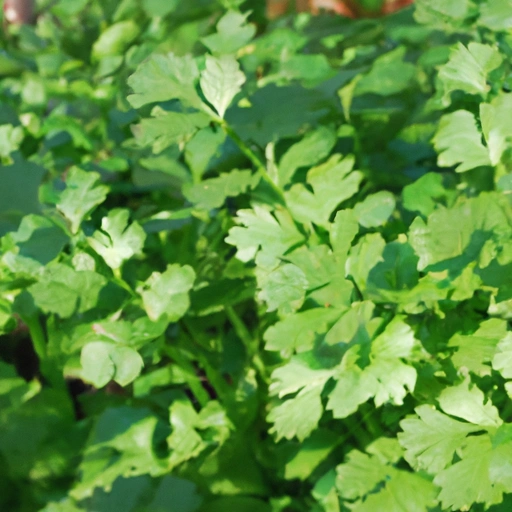Dhania
Description

Dhania, also known as coriander or cilantro, is a widely used herb and spice in various global cuisines. It is the seed or leaf of the coriandrum sativum plant and is recognized for its citrusy, tart flavor that can transform the taste of a dish. Dhania is used in various forms, including fresh leaves, dried seeds, and ground powder.
Common uses
Dhania is commonly used to impart a fresh and zesty flavor to salsas, curries, soups, and marinades. The seeds are often toasted to release their fragrant aroma before being ground or added whole to dishes. In its leaf form, dhania is a popular garnish and flavor enhancer.
Nutritional value
Calories
Raw dhania leaves contain approximately 23 calories per 100 grams (3.5 oz), while coriander seeds provide about 298 calories per 100 grams (3.5 oz).
Protein
Dhania leaves offer about 2.13 grams of protein, and seeds contain about 12.37 grams per 100 grams.
Fat
The fat content in dhania leaves is around 0.52 grams, and in seeds, it is about 17.77 grams per 100 grams.
Carbohydrates
There are about 3.67 grams of carbohydrates in 100 grams of fresh dhania leaves, and seeds have approximately 54.99 grams.
Vitamins
Dhania is rich in vitamins, particularly vitamin A, C, and K, with fresh leaves being an excellent source.
Minerals
The herb is also a good source of minerals like potassium, calcium, magnesium, iron, and manganese.
Health benefits
Consuming dhania may support digestive health, reduce inflammation, and provide antioxidant benefits due to its rich vitamin and mineral content. The essential oils found in the seeds have been studied for their potential antibacterial properties.
Potential risks
Some individuals may experience allergic reactions to dhania, and excessive consumption of the seeds' essential oils could potentially have negative effects due to their potency.
Common recipes
Dhania is used in a variety of recipes including Indian curries, Mexican salsas, Thai soups, and Middle Eastern salads.
Cooking methods
It can be used raw, toasted, or ground, and is often added at the end of the cooking process to preserve its delicate flavor.
Pairing with other ingredients
Dhania pairs well with ingredients like lime, coconut, ginger, garlic, and meats such as chicken and lamb.
Summary
Dhania, with its historical roots and versatile use in modern kitchens around the world, adds a unique flavor profile to dishes. It offers numerous health benefits and is enjoyed in both fresh and dried form. As with any ingredient, it should be consumed in moderation, and individuals with allergies should take caution.